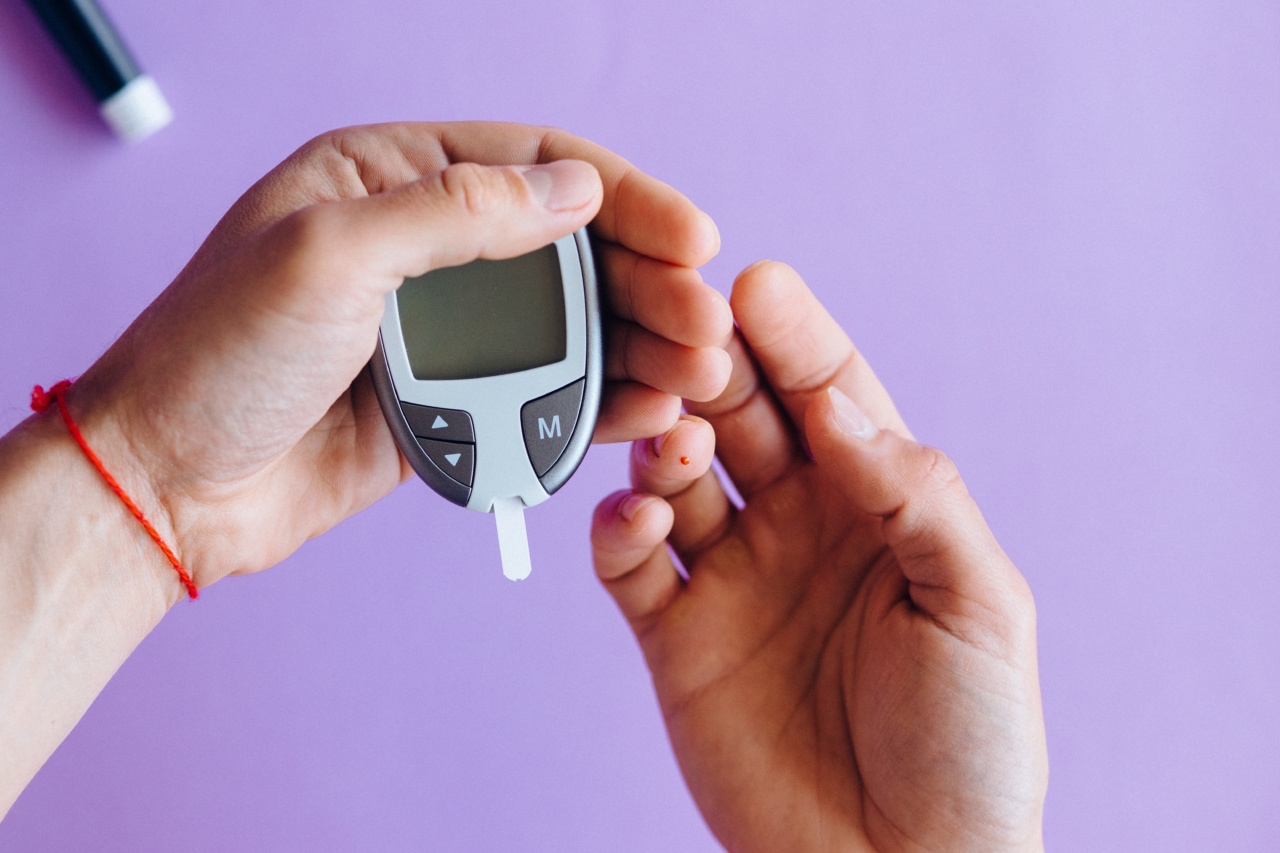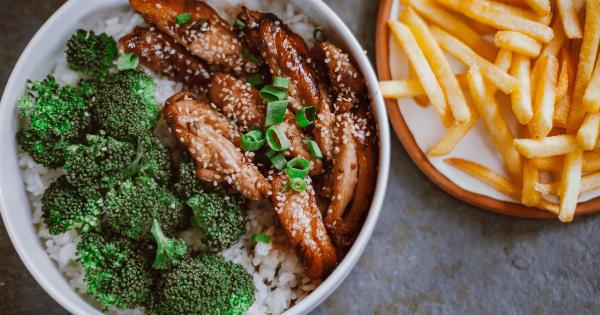Easter is a holiday that is celebrated across the world in different ways. For many, it is a time of reflection, spiritual renewal, and fasting.
While fasting, in general, is often said to have health benefits, it can be a challenge for people with diabetes to manage their blood glucose levels during this time. In this article, we will look at how fasting affects blood glucose levels, tips on managing blood glucose levels during fasting, and some healthy Easter food options for people with diabetes.
How fasting affects blood glucose levels
When we fast, our body’s glucose (sugar) reserves are depleted, which triggers the release of stored sugar (glycogen) from the liver to be used as energy.
When the glycogen stores are also depleted, our body starts to break down fat for energy, leading to an increase in the production of ketones.
People with diabetes who fast are at risk of experiencing low blood glucose levels (hypoglycemia) or high blood glucose levels (hyperglycemia).
Hypoglycemia can occur if someone on medication or insulin skips meals without adjusting the dose or if they continue to take too much medication without eating anything, in which case the medication could cause their blood glucose levels to drop too low.
Hyperglycemia, on the other hand, can occur if someone consumes too many carbohydrates when breaking the fast or if they eat foods that have a high glycemic index (GI) during the non-fasting periods.
High-GI foods can cause a sharp rise in blood glucose levels, which can be difficult to manage in people with diabetes.
Tips for managing blood glucose levels during fasting
If you have diabetes and plan to fast during Easter, it’s essential to manage your blood glucose levels carefully. Here are some tips you can follow:.
1. Consult with your healthcare team
Before beginning a fast, speak to your healthcare team to determine if it is safe for you to fast. They may recommend adjusting your medication or suggest shorter fasting periods to help you avoid complications.
2. Monitor your blood glucose levels frequently
Check your blood glucose levels regularly to monitor how fasting is affecting your blood glucose levels. This will help you make necessary adjustments to your diet and medication to prevent high or low blood glucose levels.
3. Drink plenty of water
Staying hydrated is essential during fasting periods, so drink plenty of water and other non-sweetened beverages to prevent dehydration. Dehydration can lead to high blood glucose levels.
4. Break your fast with low-GI foods
When breaking your fast, choose foods that have a low GI. These foods release energy slowly and can help manage blood glucose levels. Some low-GI food options include whole grains, legumes, fruits, and vegetables.
5. Avoid high-carbohydrate foods
Avoid high-carbohydrate foods that can cause a sharp rise in blood glucose levels. These include processed foods, sugary drinks, and desserts. Instead, focus on lean proteins, healthy fats, and fiber-rich foods.
Healthy Easter food options for people with diabetes
For people with diabetes, choosing healthy food options during Easter can be a challenge. Here are some healthy Easter food options:.
1. Roast meats
Choose lean, low-fat meats such as turkey, chicken, and beef when preparing Easter meals. Avoid processed meats like ham, which can be high in sodium and unhealthy fats.
2. Vegetables and salads
Add color and nutrition to your Easter meal with a variety of vegetables and salads. Focus on non-starchy vegetables like broccoli, asparagus, spinach, and tomatoes.
Include salads that are high in fiber and low in carbs, such as cabbage salad or a mixed leaf salad with a simple vinaigrette dressing.
3. Whole grains
Instead of white bread and rolls, choose whole-grain bread or rolls for your Easter meal. They are high in fiber and can help keep blood glucose levels stable.
4. Fresh fruit
Serve fresh fruit as a dessert option instead of high-sugar desserts. Berries, melons, and citrus fruits are low in sugar and high in fiber and will help keep blood glucose levels stable.
Conclusion
Fasting during Easter is a spiritual and cultural practice that can be beneficial for many people. However, fasting can be a challenge for people with diabetes, causing blood glucose levels to fluctuate.
By consulting with your healthcare team, monitoring your blood glucose levels frequently, and choosing healthy food options, you can manage blood glucose levels during fasting and enjoy a healthy and meaningful Easter celebration.































